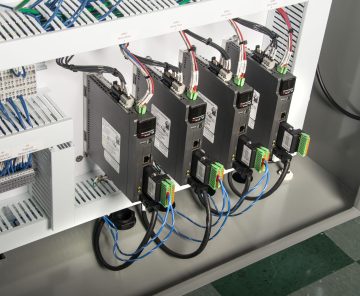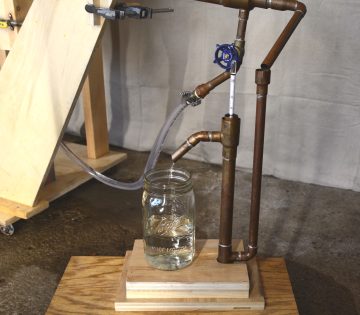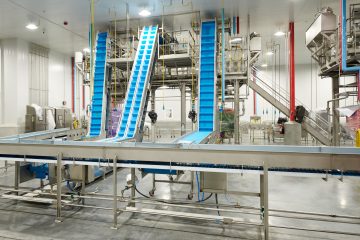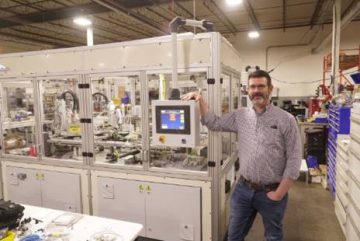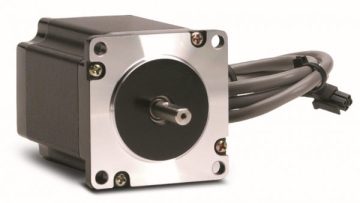Industrial motion control is used to operate a variety of apparatuses, including gripping, transporting, and moving mechanisms on small machines, plus multi-axis robotics, large web handling systems, and much more. This overview explains the key concepts of motion control systems. In an industrial automation context, the term “motion control” usually refers to using an electric…
Even desktop- and garage-sized process and manufacturing applications can benefit greatly from automation, but only when the right products are available to help designers easily create a solution. This Control Design October 2025 article titled How to Apply Industrial Control to Small-Batch Distillation: A Case Study in Smart Reflux Automation followed a small team as…
In process industries like oil and gas, chemical, paper, and water treatment, precision is everything. That’s why PLCs—once simple relay replacers—have evolved into powerful, real-time control hubs capable of enabling intelligent operations across increasingly connected systems. To explore how PLC technology is transforming process control, we spoke with Jeff Payne, Director of Business Development at…
Application StoriesAutomation NotebookHMIIssue 56, 2025Operator InterfacePLCProductProgrammable Control
Automation of a Pilot-Scale Distillation Process
Applying large-scale automation concepts and technologies to a small-scale process operation. By Doug Reneker Small-scale distillation processes can take many forms because there are countless possible objectives, but the underlying principles reflect those used by large-scale companies to produce fuel, chemicals, and alcoholic beverages. Boutique and hobbyist practitioners creating products worthy of aging and imbibing…
By: Rin Irvin and Josh Waters It’s an engineering truth that there’s no such thing as a perfect solution, just the best solution for the project at hand. This principle remains true for process control applications. PLCs are powerful and comprehensive control solutions, but not every industrial process needs that level of functionality. For every…
Application StoriesAutomation NotebookCommunicationsEnclosures & AccessoriesHMIIssue 56, 2025Operator InterfacePLCProductProgrammable Control
Cooking Up a Partnership
A system integrator supports their food processing client, implementing industrial automation technologies for a mix of OEM equipment and systems throughout the facility. By Jordan Hulsey, Caldwell Electrical Contractors, Inc. With busy lives and schedules often bursting at the seams, ready-to-eat (RTE) food has become a convenience that many indulge in—and some may even rely…
Closed-loop PID control is indispensable for a myriad of automation applications, and designers need to know the options for implementing PID using either dedicated devices or automation controllers. Automated regulatory control of characteristics like flow, level, pressure, temperature, and many other types of analog values is essential for countless types of machinery, processing equipment, and…
This OEM systems integrator has standardized on a common touchscreen user interface, improving their ability to create automated equipment for their clients. While automated equipment ideally runs itself, there remains a need for humans to interact with machinery for setup, monitoring, troubleshooting, and more. This role was once fulfilled by buttons, switches, lights, and the…
Anyone who has ever observed a modern factory in action, whether in person or perhaps via an episode of the “How It’s Made” documentary television series, is aware of just how impressive machine automation can be. This is especially the case when witnessing robotic arms and other machine motion control, as mechanical apparatus and payloads…
This home-built robot was created with industrial-grade automation technologies, providing a unique platform for learning career-enhancing skills. Inspired by science fiction movies featuring robots like R2-D2 and WALL-E, Justin Flynn, a controls engineer, embarked on a journey to build a personal animatronic robot named Hubert Evolution 2 (HEV2), reminiscent of Johnny 5 from the 1986…


